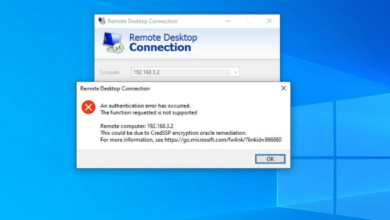Media Planning Terminology: Common Terms Used in Media Planning

In the realm of media planning, a precise understanding of terminology is crucial for crafting effective advertising strategies. Terms such as “media reach,” “frequency,” and “cost per mille” play significant roles in determining the success of campaigns. Each term provides insights into audience engagement and financial efficiency, yet their implications extend far beyond mere definitions. As we explore these concepts, it becomes evident that mastering this language is not just academic; it can fundamentally alter how campaigns are constructed and assessed, raising important questions about their strategic application.
Understanding Media Reach
Media reach is a critical metric in media planning, representing the total number of unique individuals or households exposed to a particular advertising message within a specified time frame.
Understanding reach enables marketers to align their media channels with the target audience effectively, ensuring that campaign objectives are met.
A well-defined creative strategy enhances reach, maximizing the impact of the message delivered.
Frequency and Its Importance
Achieving optimal frequency in advertising is essential for reinforcing brand messages and enhancing consumer recall.
Frequency measurement helps determine how often a target audience should encounter a message to maximize impact without causing oversaturation.
Striking the right balance in optimal frequency fosters brand loyalty and awareness, ultimately empowering consumers to make informed choices while maintaining their autonomy in the marketplace.
Cost Metrics Explained
Understanding cost metrics is crucial for effective media planning, as they provide the necessary insights to evaluate the financial efficiency of advertising campaigns.
Key metrics like cost per mille (CPM) help assess the cost of reaching a thousand potential customers, while return on investment (ROI) measures the profitability of a campaign.
See also Media Buying Terminology: Glossary of Terms Used in Media Buying
Together, they enable strategic decision-making and optimization of advertising expenditures.
Analyzing Impressions and Engagement
Evaluating the effectiveness of advertising campaigns extends beyond cost metrics to include impressions and engagement levels.
Impression analysis provides insights into audience reach, while engagement metrics assess user interaction and connection with the content.
Conclusion
Effective media planning necessitates a thorough comprehension of key terminology such as media reach, frequency, cost metrics, and impressions. For instance, research indicates that increasing frequency by just one more exposure can enhance brand recall by up to 70%. This statistic underscores the significance of balancing reach and frequency to optimize campaign effectiveness. A strategic approach to these concepts enables marketers to refine their tactics, ensuring that advertising investments yield maximum returns and resonate with target audiences.






